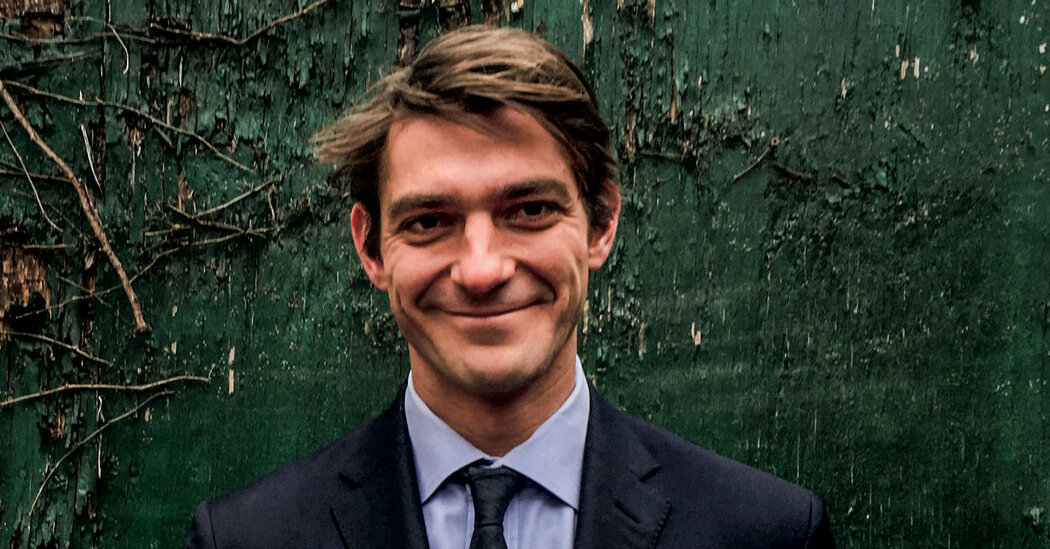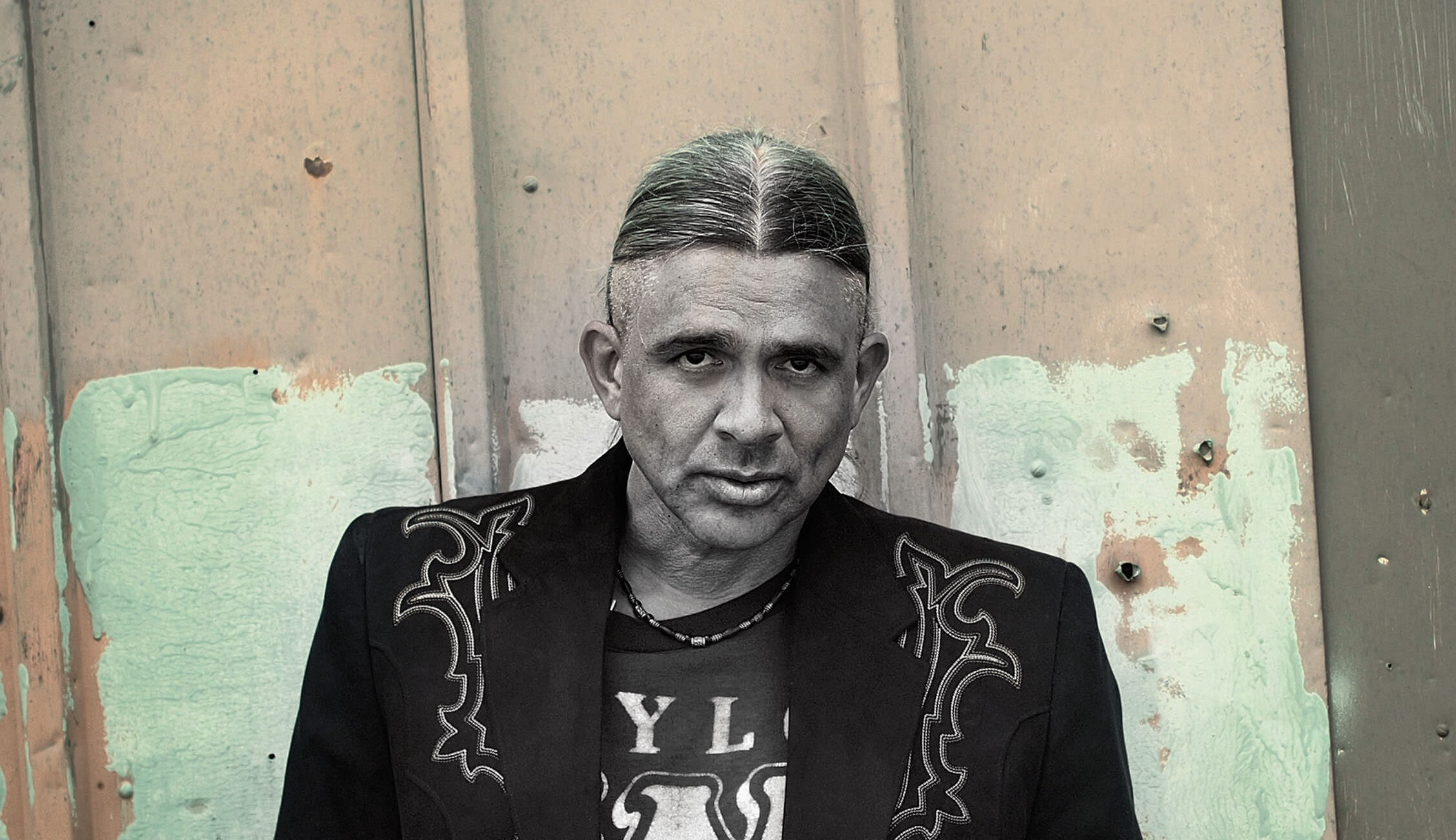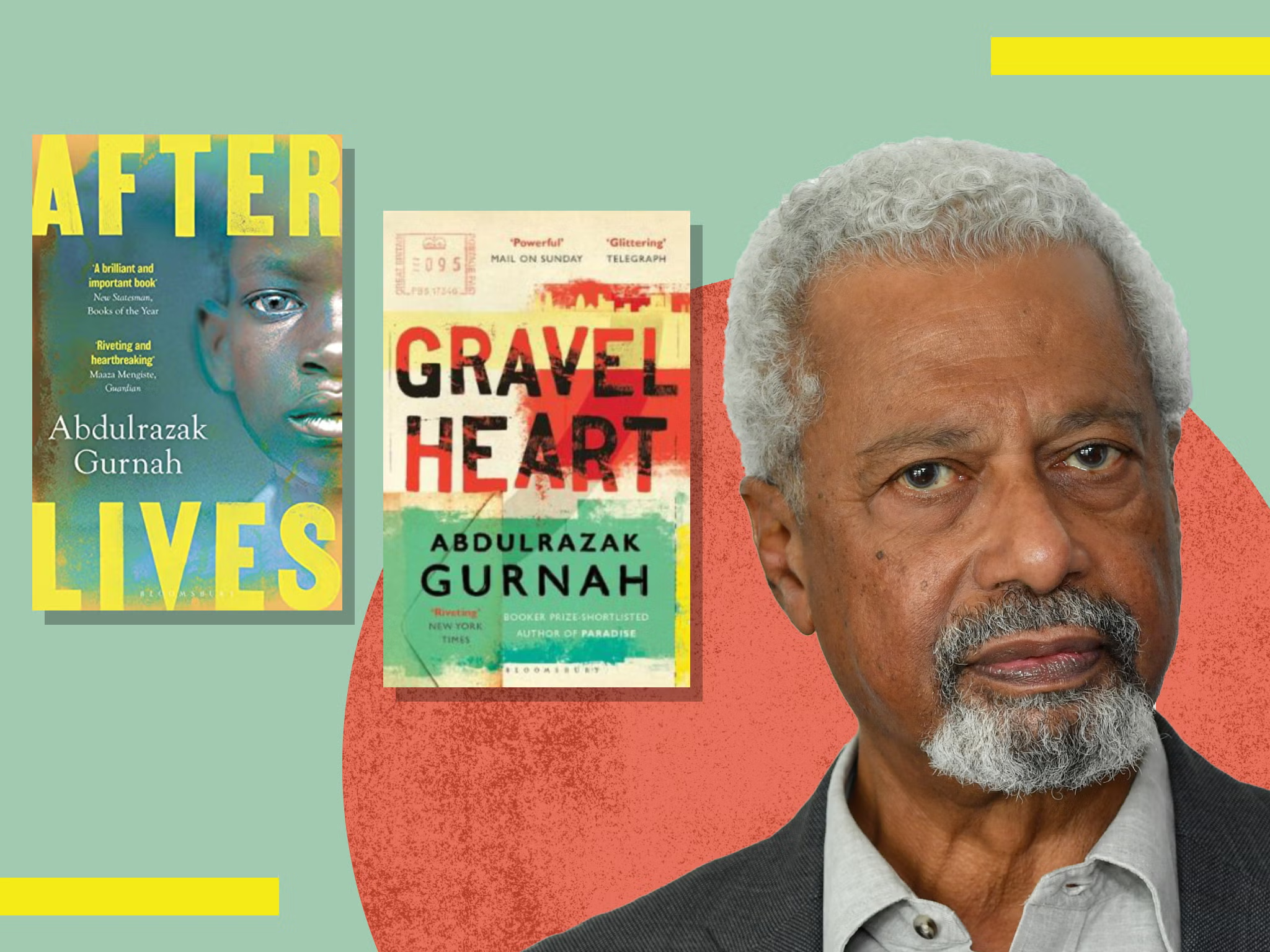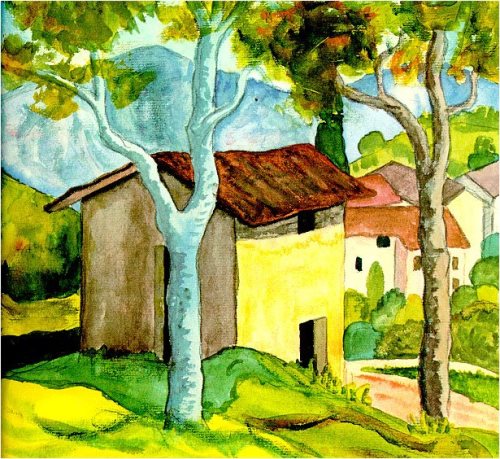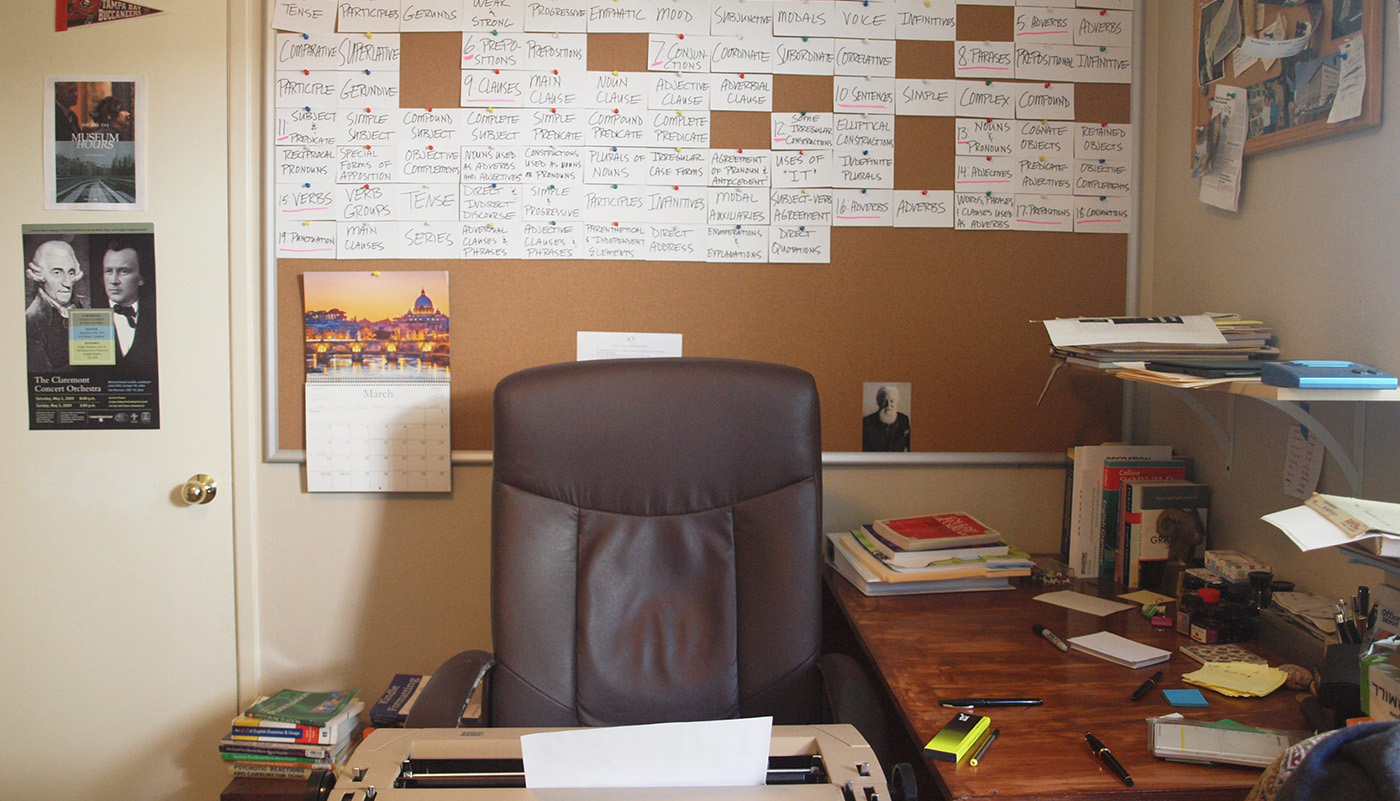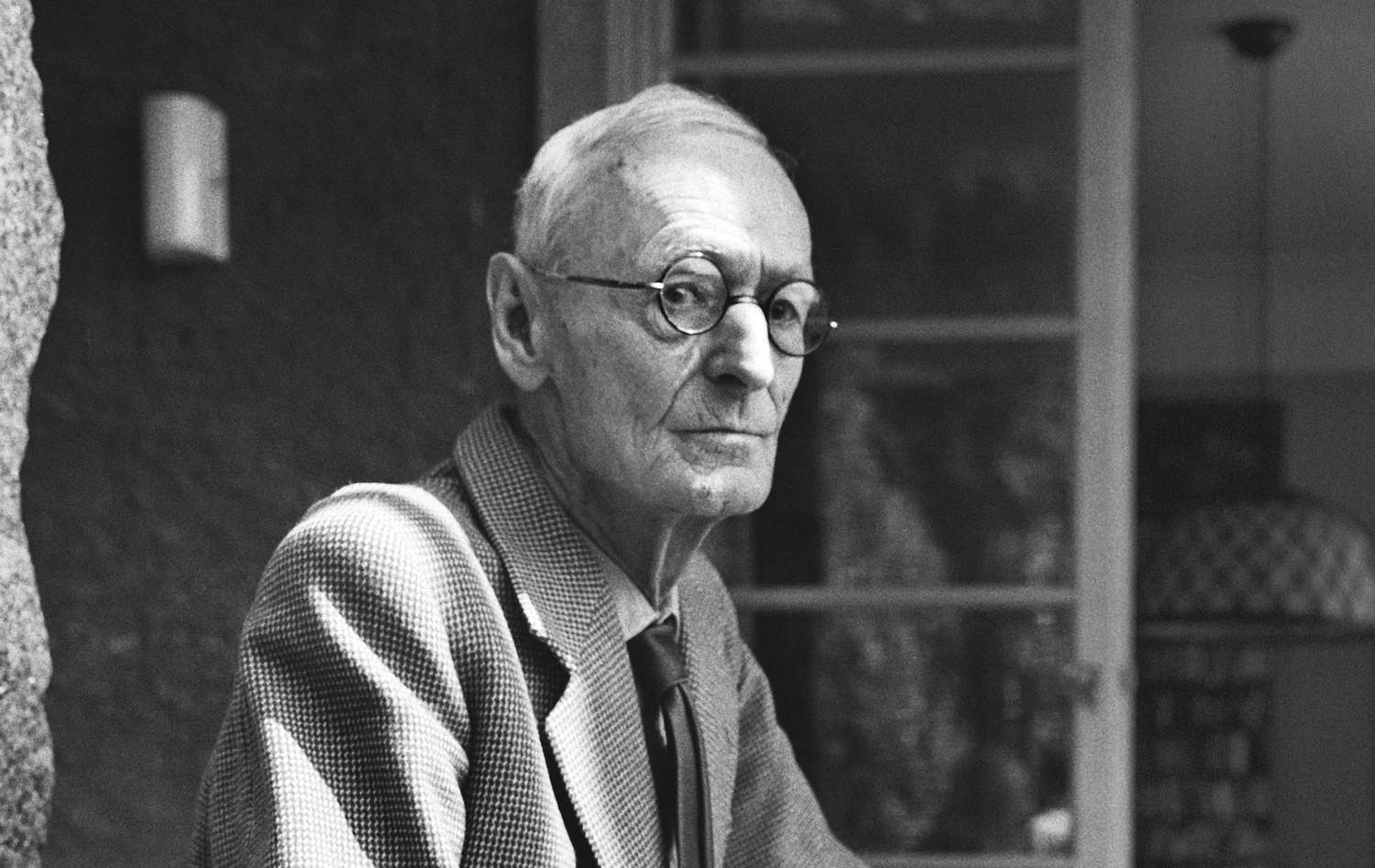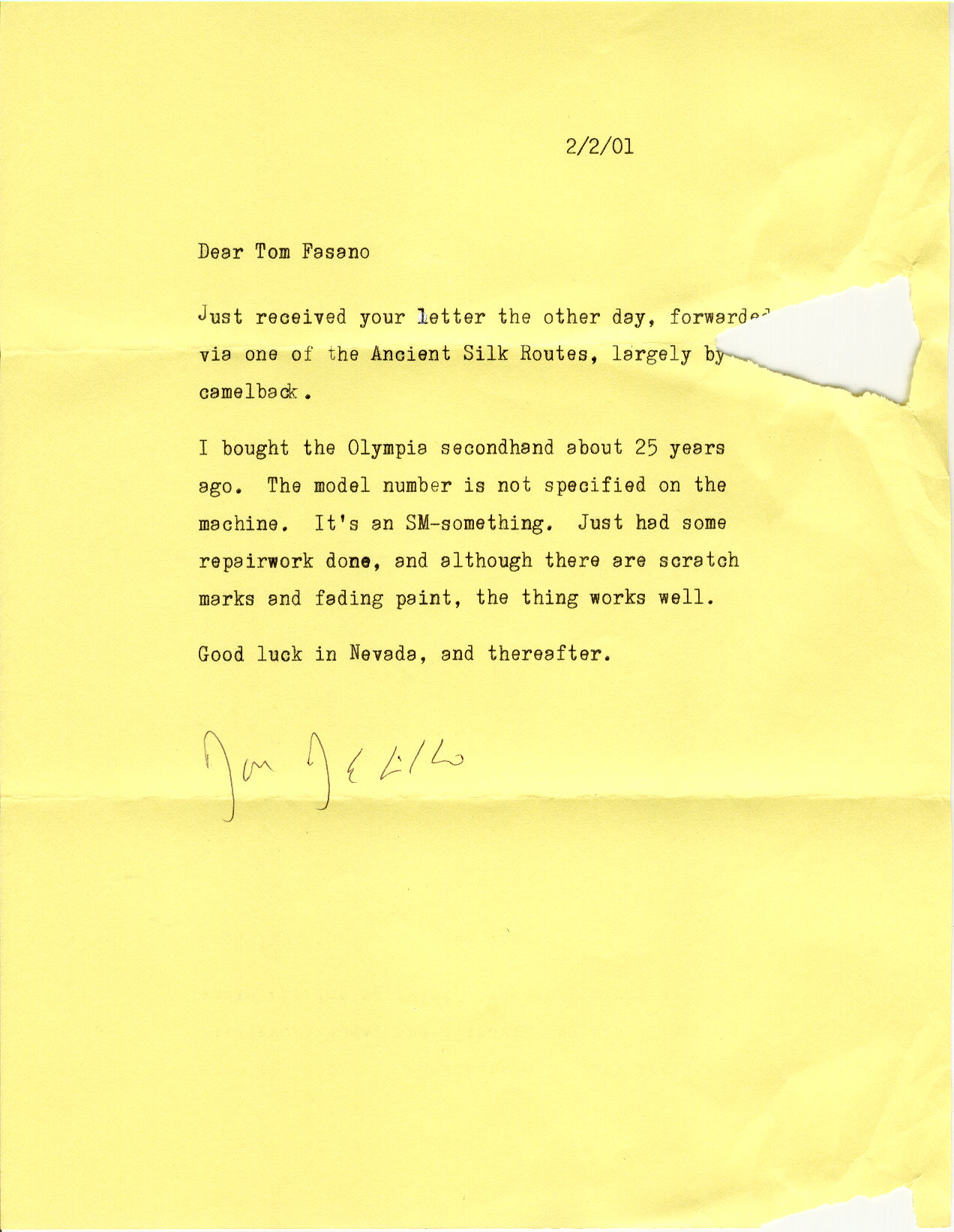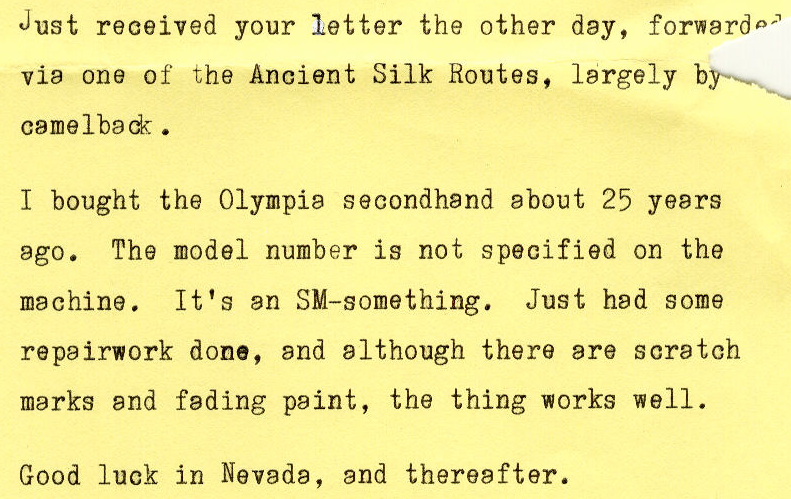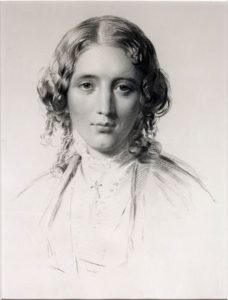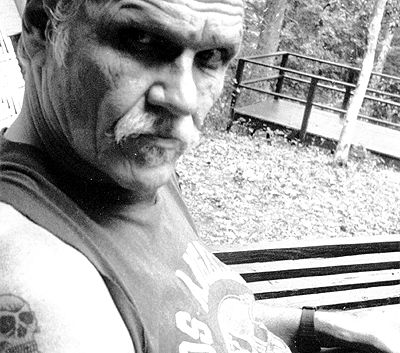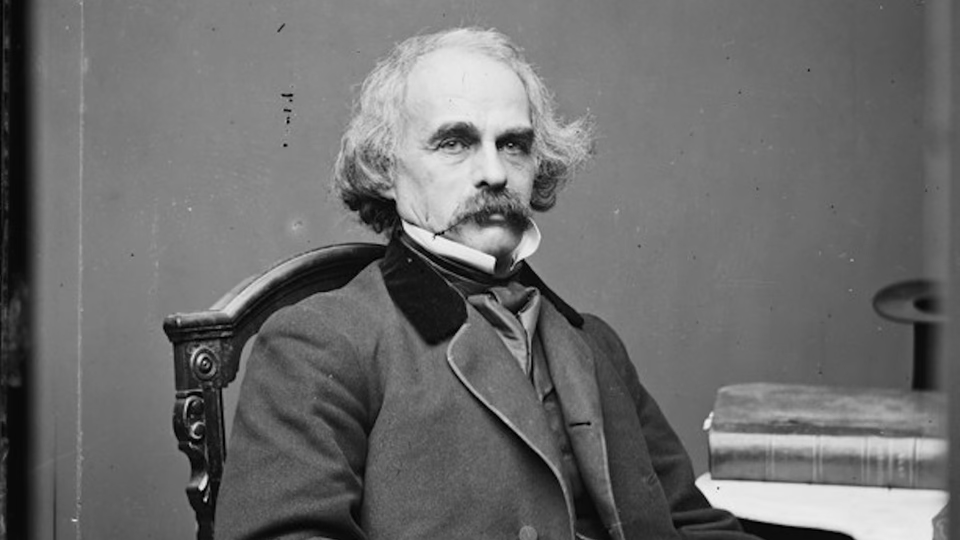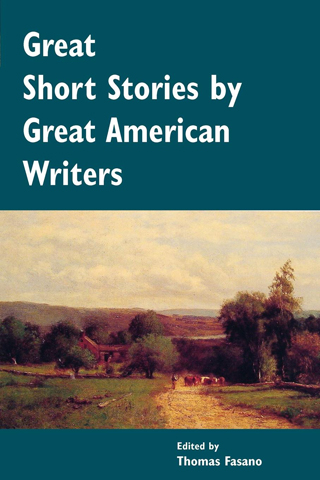Well tie me to a cactus and call me Prickly Pete, it seems this Nick McDonell fella has ruffled some feathers with his new book that’s part memoir and part critique of the hoity-toity upper crust.
Now I ain’t one to judge a book by its cover or a bloke by his bank account, but it does raise my eyebrows a smidge that ole Nick lays bare how much moolah he got paid for scribbling his personal reflections, even as he aims to interrogate the entitled elite he was born into like a baby blue blood. Makes me wonder if his conscience is as heavy as his wallet after cashing that fat check.
From what I gather, Nick regales us with tales of his rarefied upbringing among the impressively pedigreed – schmoozing at Harvard, crewing on yachts, and mixing with Ivy Leaguers whose folks have more money than Scrooge McDuck. He winces at the memories like he’s swallowed a lemon peel, making sure we know his eyes are wide open now to the highfalutin hypocrisy of exclusive clubs and such.
But some reviewers grumble that Nick’s personal stories don’t pack much of a revelatory punch or dig deeper into the whys and wherefores of elite entitlement than a kid shoveling sand on a beach. Shoot, I reckon Nick’s just doing what a fellow naturally does when he wakes up one day and realizes the cherry privileged bubble he grew up in maybe wasn’t the whole pie. No sin in feeling conflicted about your gilded youth once them golden blinkers come off.
Yet the cynical side of me (and Lord knows I’ve nurtured that ornery cuss) can’t help noting that Nick is monetizing hisnewfound conscience just as surely as he’s milked his status since his diaper days. He may have left the plush parlors of privilege for the straight and narrow, but cold hard currency didn’t get left behind. The more things change the more they line the same pockets, or so it seems to this plain old tax-paying Joe.
But who am I to judge? A man’s gotta make his way and Nick’s found his – scribbling about the good ole boy networks with one hand while cashing their checks with the other. At least the public’s getting a glimpse behind the brocade curtain of the upper upper crust, even if Nick’s personal revelation seems more soft whimper than deafening bang. But there’s value in coming clean about your conflicted past, and in reminding the pedigreed that their privilege casts a mighty long, deep shadow. Here’s to more light finding its way in, and a few more conscience-scrubbings all around. Now where’d I stash my copy of The Great Gatsby?
